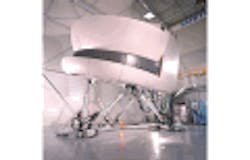Lightweight Cassidian transponder is certified for military and civil applications
Posted by John McHale

